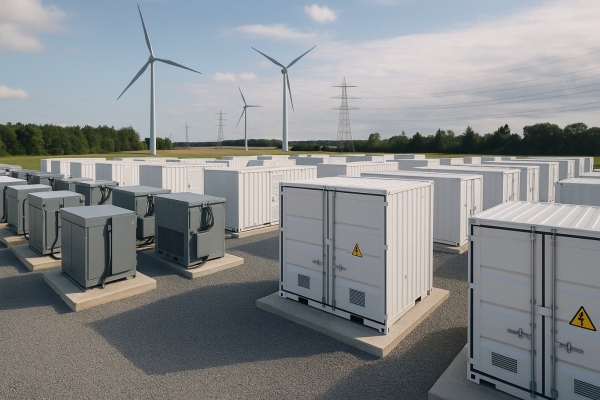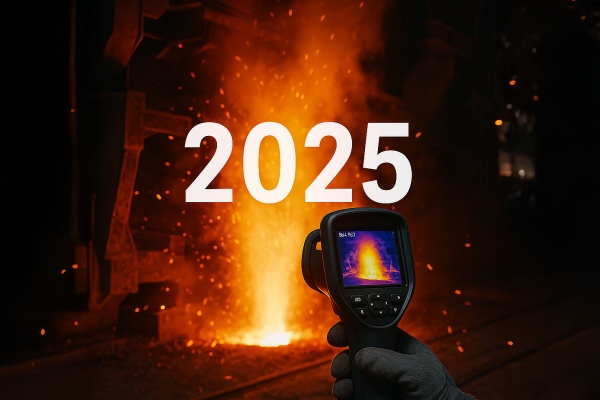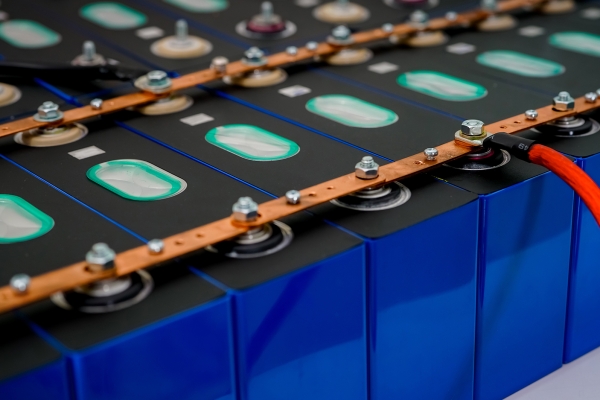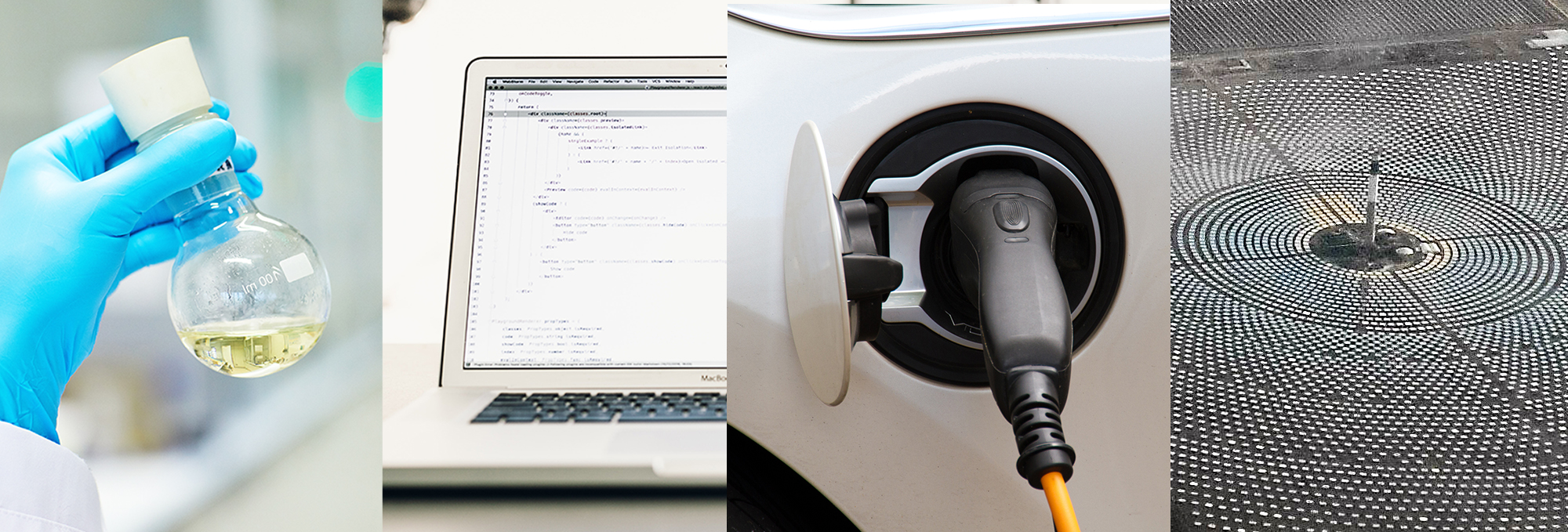What are the main risks associated with batteries, and how can they be mitigated?
If we focus on conventional lithium-ion batteries, we know they are a mature and generally safe technology. However, like any energy system, they do present certain risks—particularly related to thermal runaway. This phenomenon occurs when a battery’s internal temperature rises uncontrollably, triggering exothermic chemical reactions that can lead to fires or explosions.
The main factors that can trigger thermal runaway include overheating, overcharging, internal short circuits, and physical damage to the cell. For instance, in the event of a car accident involving an electric vehicle, mechanical deformation could compromise the battery separator and cause an internal short circuit.
Risk mitigation focuses on improving both materials and cell design. At CIC energiGUNE, we are developing solutions such as high thermal stability separators, non-flammable electrolytes, and flame-retardant additives. We´re also working on smart sensors capable of detecting anomalies before a critical situation develops.
What role does material and component design play in battery safety?
Material design is key to battery safety. Each component in a battery cell — cathode, anode, separator, and electrolyte — plays a role in thermal stability and in preventing safety incidents.
For example, in cathodes, we work with materials like LFP (lithium iron phosphate), which offers higher thermal stability compared to NMC (nickel-manganese-cobalt) compounds. On the anode side, we are investigating silicon-based and protected lithium-metal solutions that help prevent dendrite formation — one of the main causes of internal short circuits.
We´re also exploring enhanced ceramic separators and solid-state electrolytes, which are not only more stable but also eliminate the risks associated with flammable liquid electrolytes.
Which emerging technologies are helping improve battery safety?
Several emerging technologies are shifting the safety paradigm in lithium-ion batteries by offering innovative ways to minimize risk. One of the most promising is solid-state battery technology, which replaces the flammable liquid electrolyte with a solid material. This greatly reduces the risk of leakage and uncontrolled thermal reactions, while also preventing fire propagation. Solid-state batteries are seen as a key advancement that could revolutionize the market in the coming years due to their improved thermal stability and energy density.
Another important innovation is the development of smart separators, which are critical in preventing thermal runaway. These advanced materials can respond to temperature changes by melting or solidifying to block current flow in the event of overheating. This built-in safety mechanism can halt thermal runaway before it escalates into a dangerous situation.
Additionally, flame-retardant additives and non-flammable electrolytes are gaining traction as internal safety solutions. These additives reduce the flammability of battery components and help prevent initial incidents from triggering full-scale fires. Research is focused on identifying chemical compounds that strike the right balance between safety and performance.
Lastly, advances in intelligent sensors are making a major difference in early detection. These systems monitor internal battery conditions in real time and can flag abnormal behavior before it turns into a safety threat.
What lessons have we learned from past battery incidents in electric vehicles?
One key lesson is that most EV fires are not caused by the traction battery itself, but rather by other electrical systems or external factors such as collisions or improper maintenance.
In fact, statistics show that fires in electric vehicles are up to 20 times less likely than in internal combustion engine vehicles. Still, when they do occur, they tend to receive disproportionate media attention, often leading to an unfair perception of risk.
Another important takeaway is that battery fires require specific extinguishing methods. Unlike conventional fires, battery fires can reignite hours after being extinguished due to residual heat within the cells. This has led to the development of targeted suppression techniques, including water immersion or specialized fire-retardant foams to prevent re-ignition.
As the head of the group, what new developments and areas of focus is CIC energiGUNE pursuing to advance this field?
CIC energiGUNE is at the forefront of developing safer battery technologies — a critical factor for broader adoption in industrial and consumer applications. One of our core focuses is the development of advanced materials, such as safer and more efficient cathodes and anodes, which reduce the risk of overheating and fire propagation. We´re also working to improve ceramic separators, which enhance thermal stability and prevent internal short circuits.
Another priority is research into solid-state electrolytes, which aim to eliminate the risks associated with flammable liquid electrolytes. By replacing the liquid component with a solid, the likelihood of thermal runaway and hazardous reactions is significantly reduced. This makes solid-state batteries particularly appealing for electric vehicles and stationary energy storage systems, where safety is paramount.
CIC energiGUNE is also developing smart sensors that monitor internal battery conditions in real time. These systems can detect early signs of issues like dendrite growth or short circuits, enabling preemptive action before a critical failure occurs — ultimately increasing both safety and reliability throughout the battery’s lifespan.
Lastly, we are working on thermal propagation models to better understand heat flow within a cell and develop strategies to manage it effectively. These models are essential for designing safer batteries and establishing safety protocols that minimize the risk of cascading failures.
In short, CIC energiGUNE plays a fundamental role in reducing battery-related risks and boosting confidence in lithium-ion technologies — paving the way for a safer and more sustainable energy transition.







